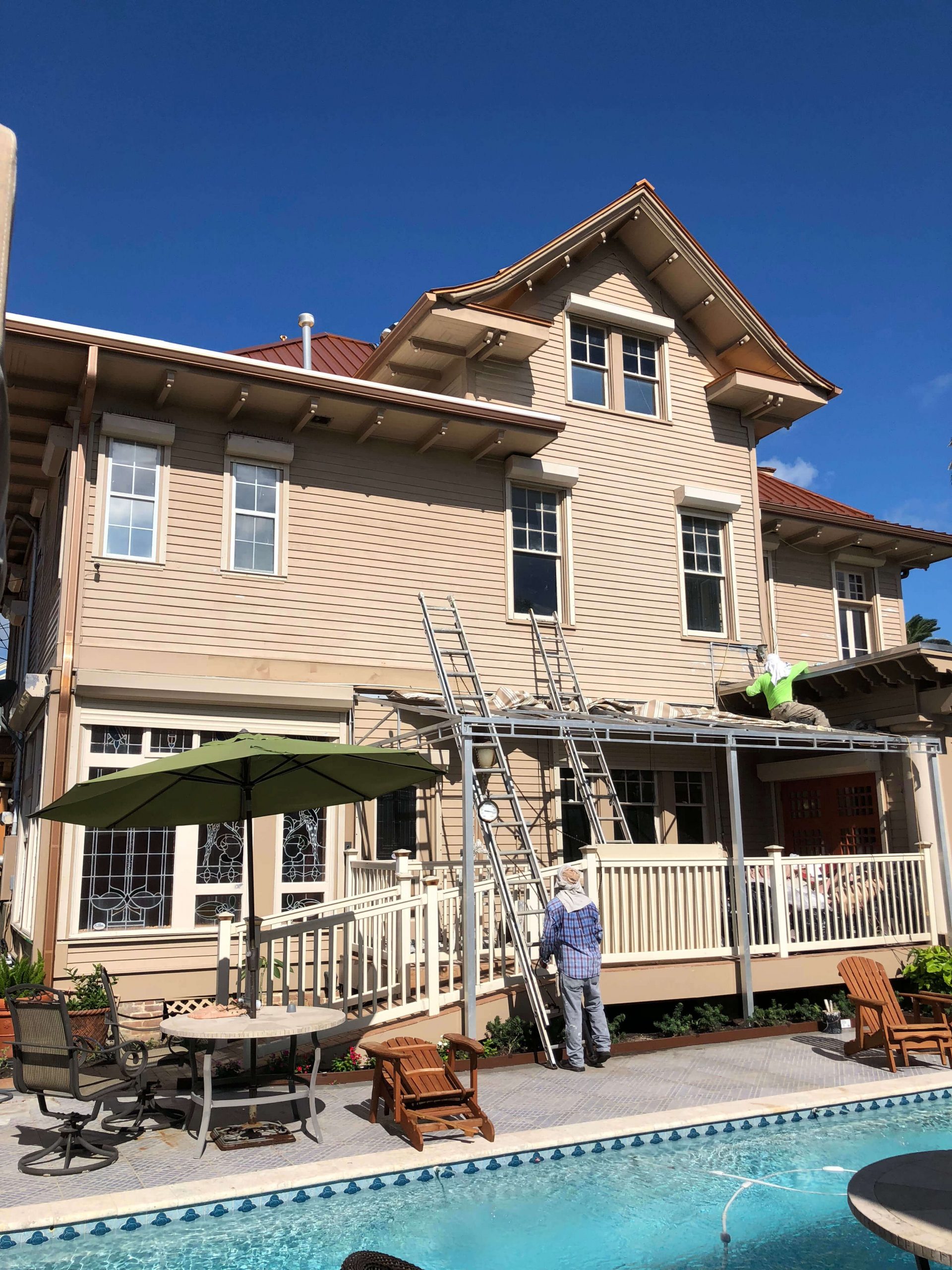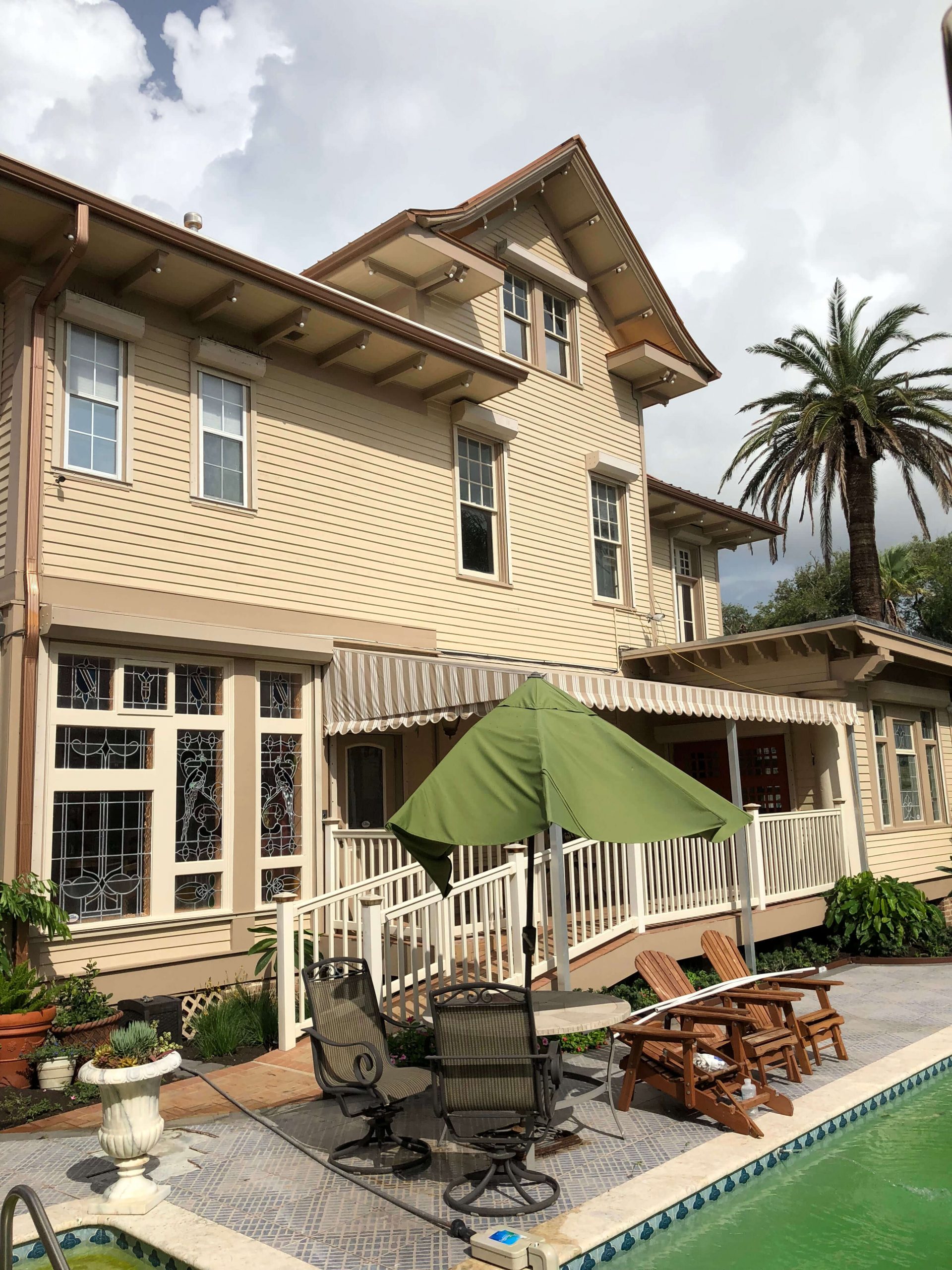Sheetrock
A Truly Amazing Building Material
First produced commercially in the UK back in the late 1800s, Sackett Board, plasterboard, sheetrock, drywall, gyprock, or many other names you might be familiar with, was created as a convenience product. It was first marketed as the "Poor Man's Plaster," but of course times have changed quite a lot since then! Nowadays it is superior to plaster in most ways. It is generally the first-choice in all new construction and the most convenient choice during remodeling.
In the Beginning
We used to have to install fine strips of thin wood, called lath, in 1½ inch wide strips, half an inch apart, horizontally across all the vertical members in a wall to provide a surface for plaster.
This required a considerable number of nails, lots of wood, and many, many hours of labor to install. Only then could you begin the actual plastering!
The spaces between the laths allowed the plaster to squish through, expanding like a mushroom to become more significant than the gap so that when it dried, it was securely attached to the wall. The same process was used to plaster ceilings.
Plaster was quite strong, was proof against the wind, keeping a building much warmer, and provided resistance to fire, unlike all-wood construction. All the best homes had plastered walls and ceilings.
Improved Techniques
Initially using four layers of actual plaster with wool felt paper between, this plasterboard was extremely heavy, had unfinished edges, was fragile and subject to frequent breakage. Its most significant advantage was that it made installation extremely quick compared to the actual act of plastering. Once the installation was complete, the entire wall was given a skim coat of plaster to create the impression of a solid plaster wall with no joints.
Modern Times
Plasterboard was eventually displaced by gypsum in the early 1910-30s. Gypsum is a fascinating material because once it is incorporated into sheetrock, it contains a large amount of water. This makes it extremely resistant to fire.
With multiple sheets, it can take up to 4 hours for fire to burn through a gypsum wall. This is because as the wall is heated, it releases its water as steam leaving behind a powdery residue as a sacrificial layer which will not burn.
Technology Progresses
We learned to make better and better gypsum wallboard. Nowadays, most sheetrock has paper on both sides; the front side is smooth and perfect, and the backside is rougher and cruder. Paper, however, makes a good home for mold, so in an application where there will be moisture, the paper layer is often replaced with a fiberglass sheet.
Fiberglass is also incorporated into the gypsum mixture of both Type X and Type C drywall. This increases its strength when exposed to fire so that it doesn't crumble, thus retaining its shape and size. Type C also includes substances like vermiculite which expands when exposed to heat, compensating for the shrinkage of the gypsum when in the presence of fire.
Greenboard and Blueboard
The Green product is used in washrooms because it contains an oil-based additive in the green colored paper that prevents moisture penetration. Similarly, Blueboard provides a good bonding surface for a skim coat or a plaster finish which stops moisture penetration and inhibits mold growth.
Foil-backed and Lead-lined Wallboard
Foil-backed wallboard was created to provide a vapor barrier and a structural component all in one piece. Lead-lined wallboard, on the other hand, was explicitly designed for use around X-ray equipment or other radiological devices.
Foil-backed and Lead-lined Wallboard
Foil-backed wallboard was created to provide a vapor barrier and a structural component all in one piece. Lead-lined wallboard, on the other hand, was explicitly designed for use around X-ray equipment or other radiological devices.
Cement Board
For ultimate strength, water resistance, and durability, cement board will do the job both indoors and out. It is often used on the exterior as the base for stucco coatings on homes or inside for areas like showers and household saunas.
Flexible Wallboard
Do you need to create a curve as part of your artistic design? This is entirely possible with modern, flexible wallboard. Previously only available in the realm of plaster walls, innovations in sheetrock allow us to make gentle curves, such as those of a 12-foot radius circle, with just ordinary sheetrock. Small curves, of as little as a two-foot diameter or less, are easily achieved when required, with the proper materials.
The Takeaway
Incredibly versatile, suitable for virtually any application, gyprock is almost always the best answer for your remodeling and decorating needs. It provides good insulation qualities, energy efficiency, versatility in appearance, fast installation, and great economy.
Protect your investment in your home by using the right materials as advised by our experts. Click here to use our free online quotation form or give us a call at 832-216-1586 and say "howdy" because we'd love to hear from you. One of our experts will be pleased to assist you!


